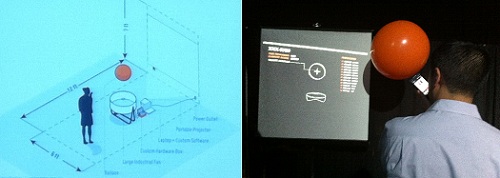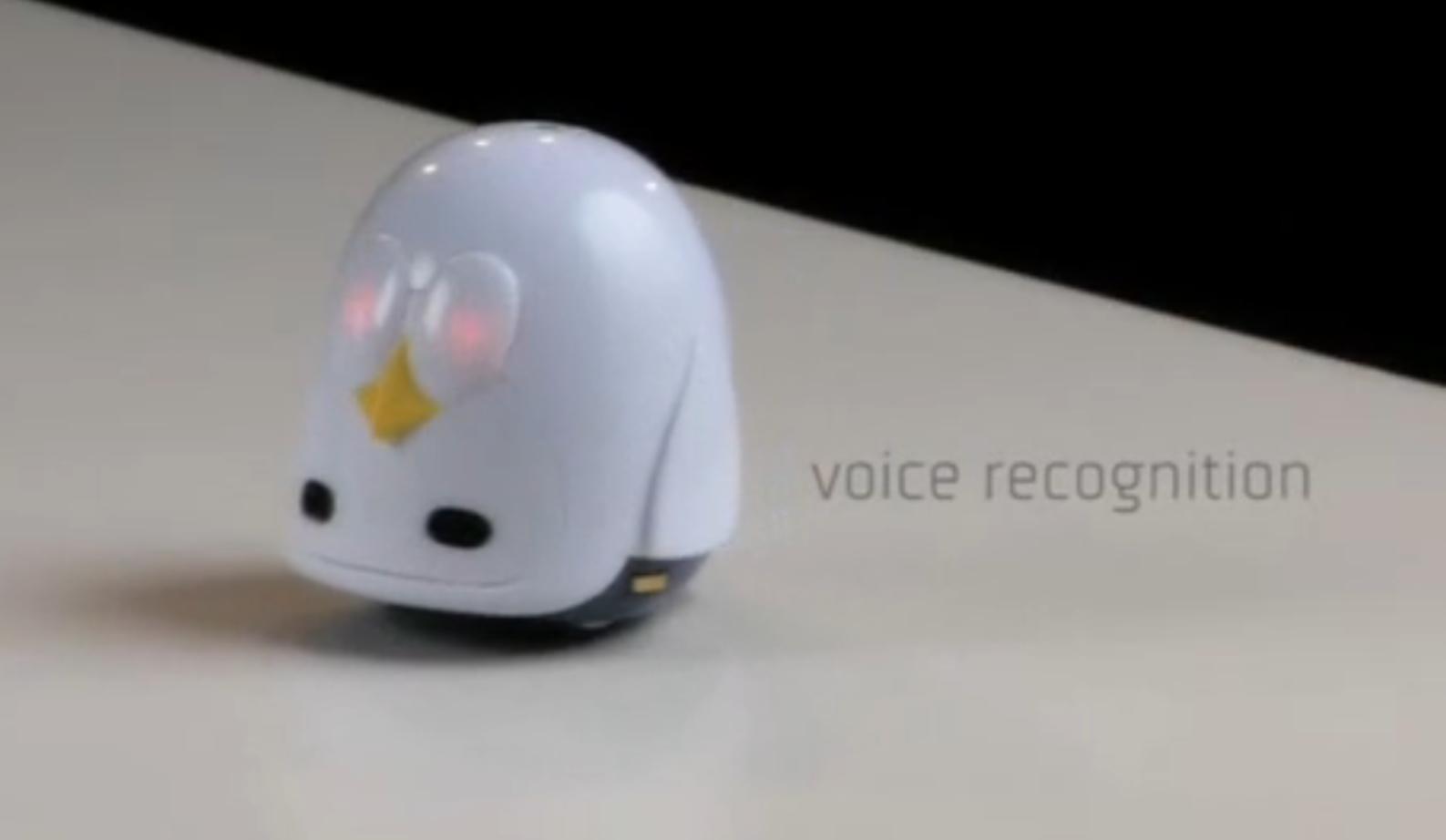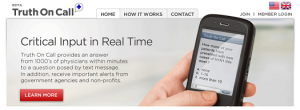Temptd Promotes Healthy Behavior through Social Gaming
Temptd is an iPhone app that harnesses the power of social networks to strengthen personal willpower. Created by Frog Design, it is offered as a tool for followers of MTV's new docu-series 'I Used To Be Fat'.
According to the teaser site:
Whether you're struggling with weight loss or smoking, Temptd connects you with a community of people who are facing similar challenges. This free app uses game play to make it easy and fun to make smart choices, track your progress, and compete with others for willpower and karma points.
Temptd is a unique platform that combines Facebook with mobile technology to improve your long-term health and wellbeing through active social engagement.
Apps like Temptd bring the support of our social networks to us when they are most needed. We reach for our mobile device to feel connected just as much as to accomplish a task. The phone call is giving way to increasingly micro interactions such as hearting photos on Instagram or cheering Facebook friends on via Nike+. According to Paul Saffo, the smaller the quantum of creative act you ask of participants, the more they will participate. That split second it takes to "like" a friend's status update has the power to positively change behavior over time.



















